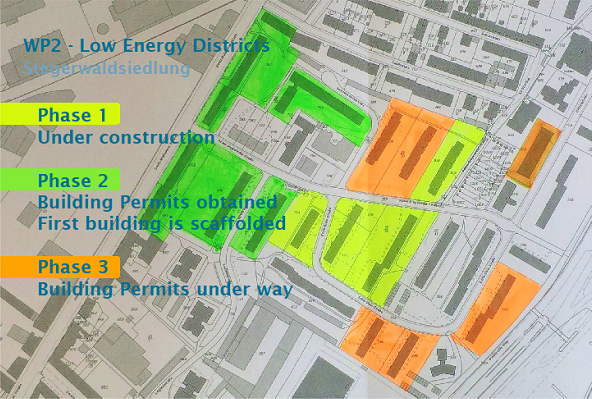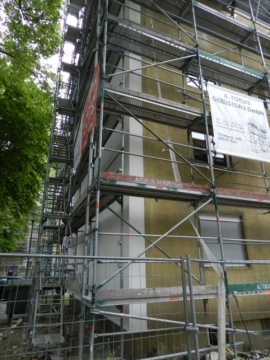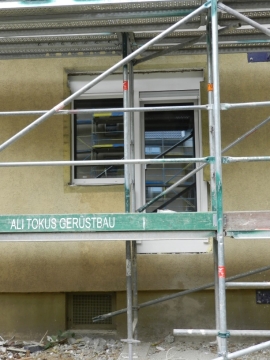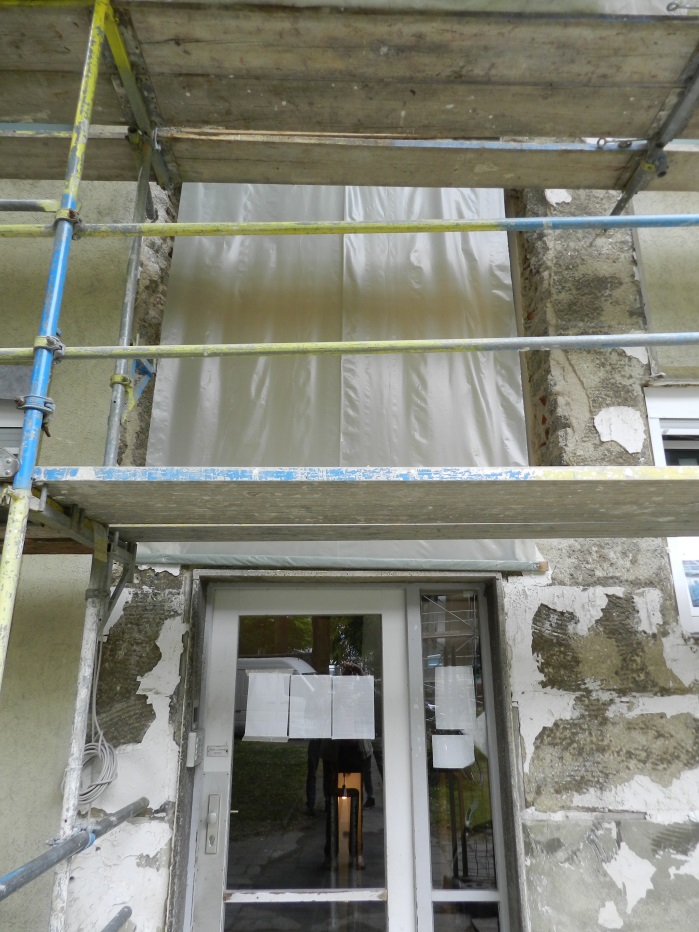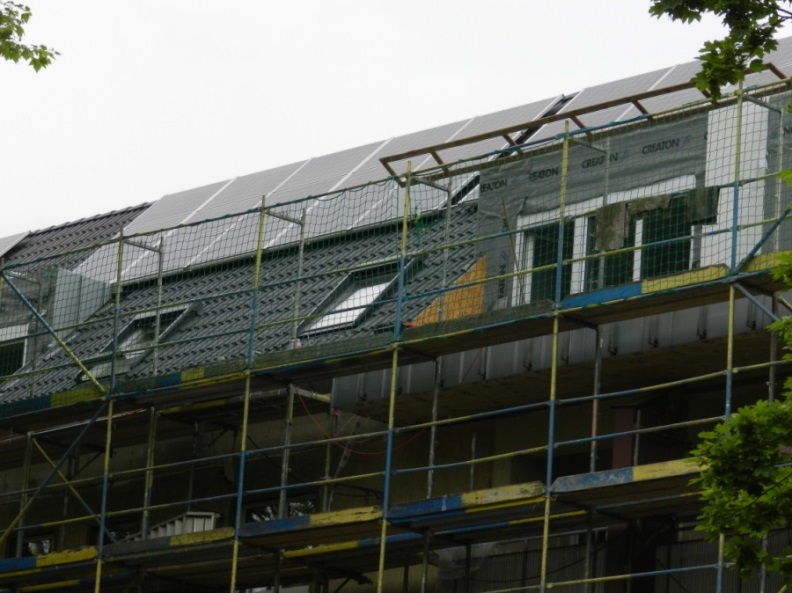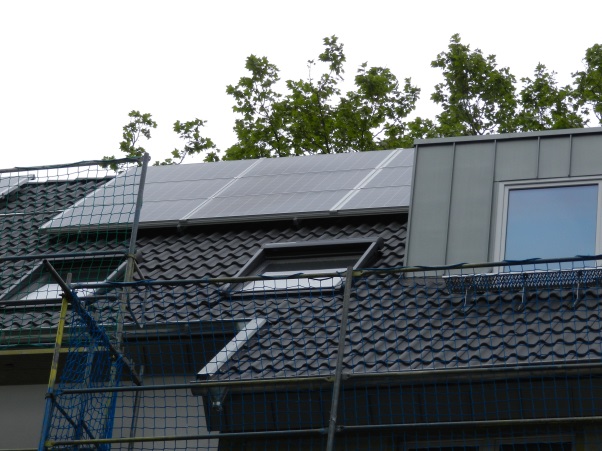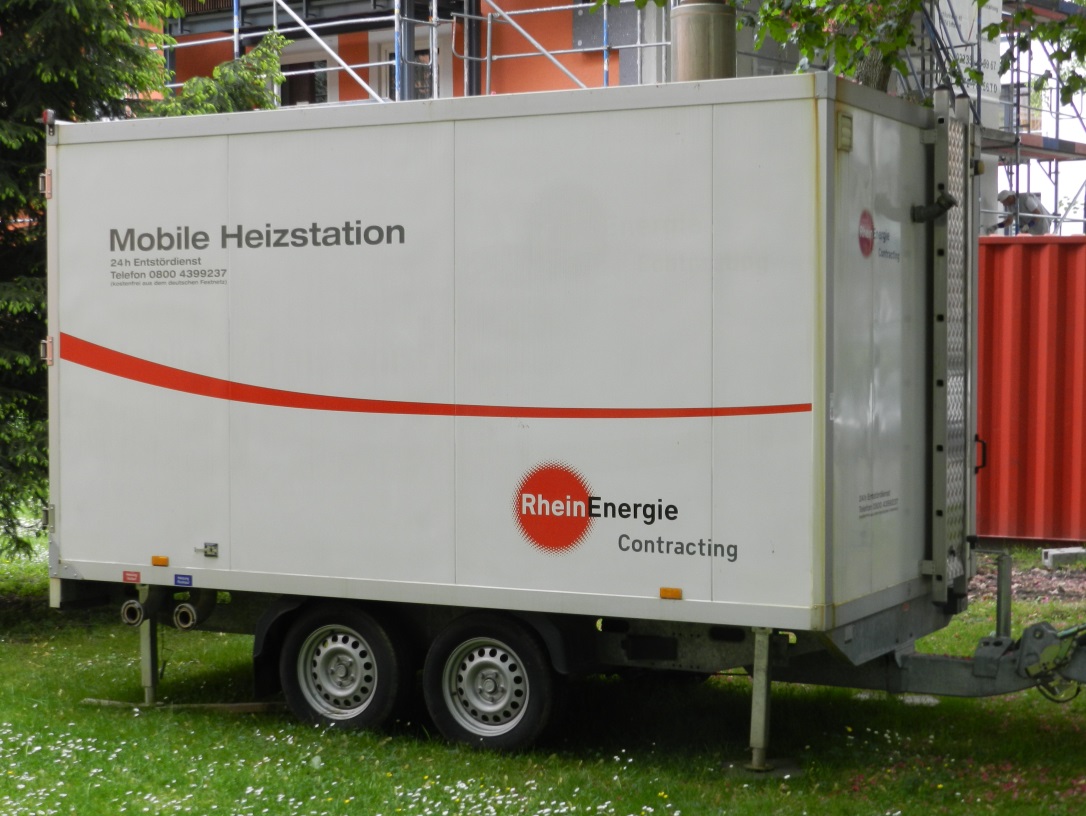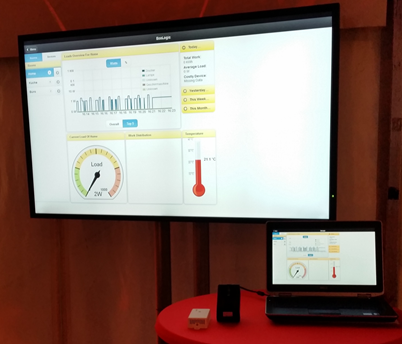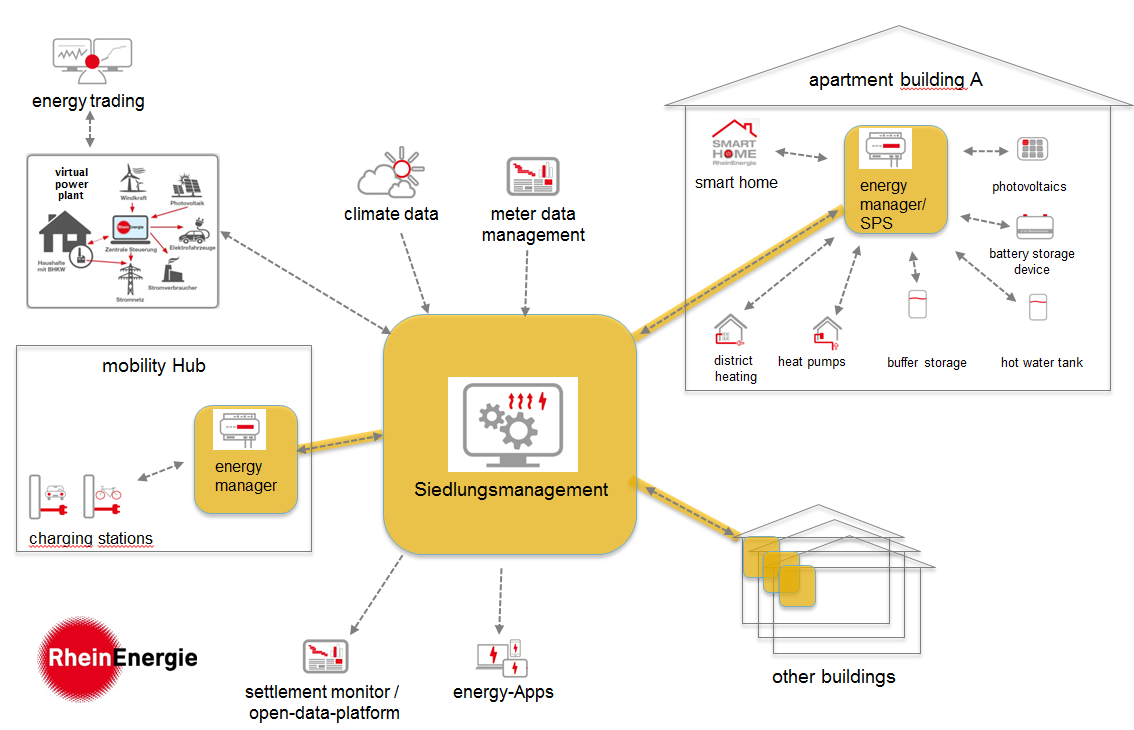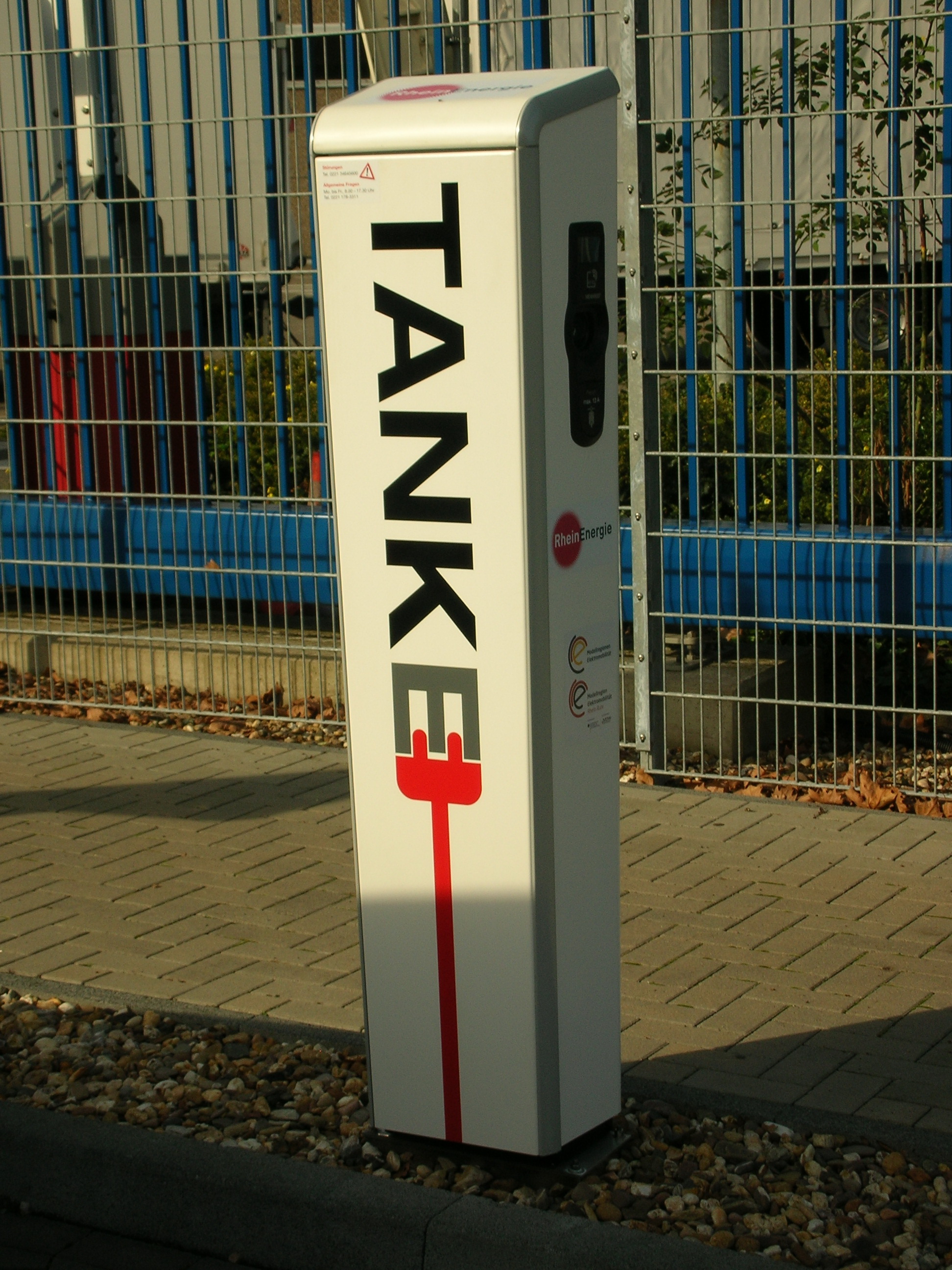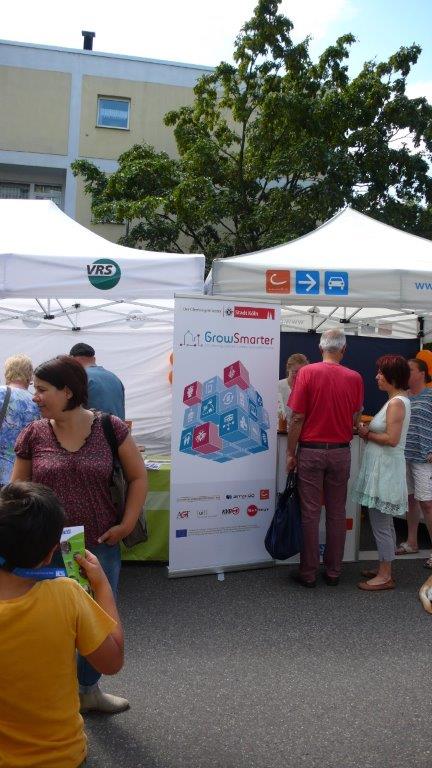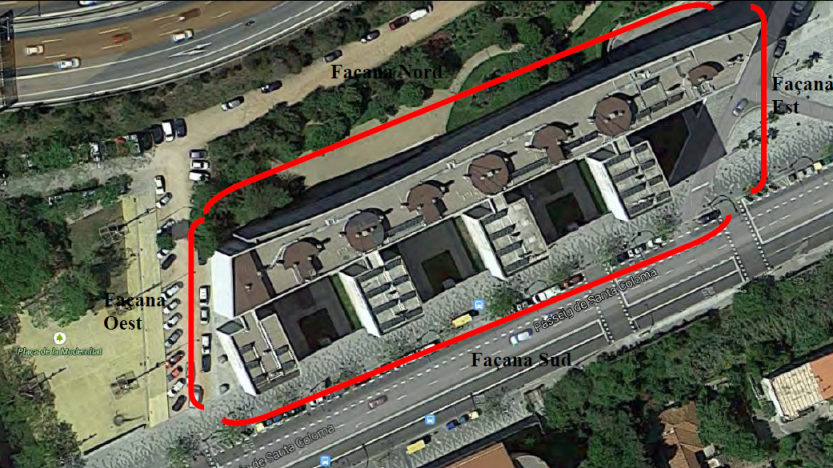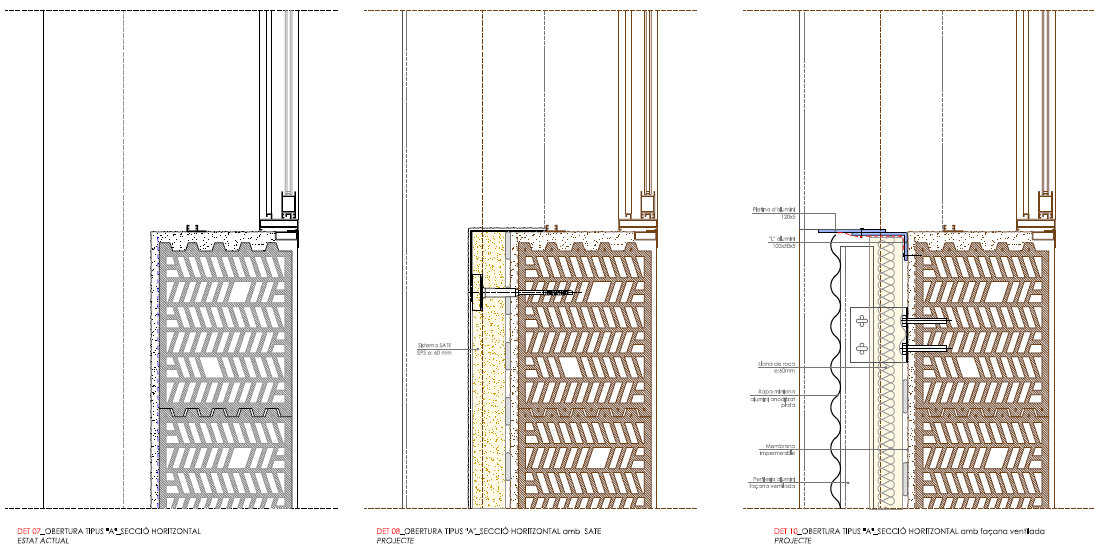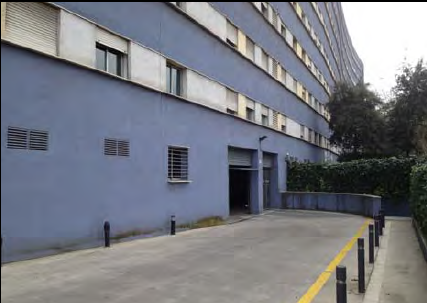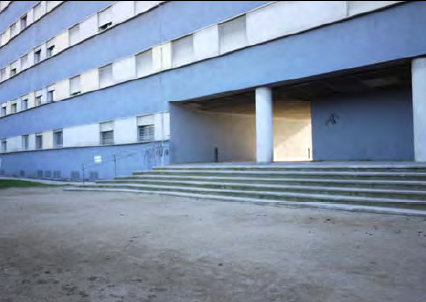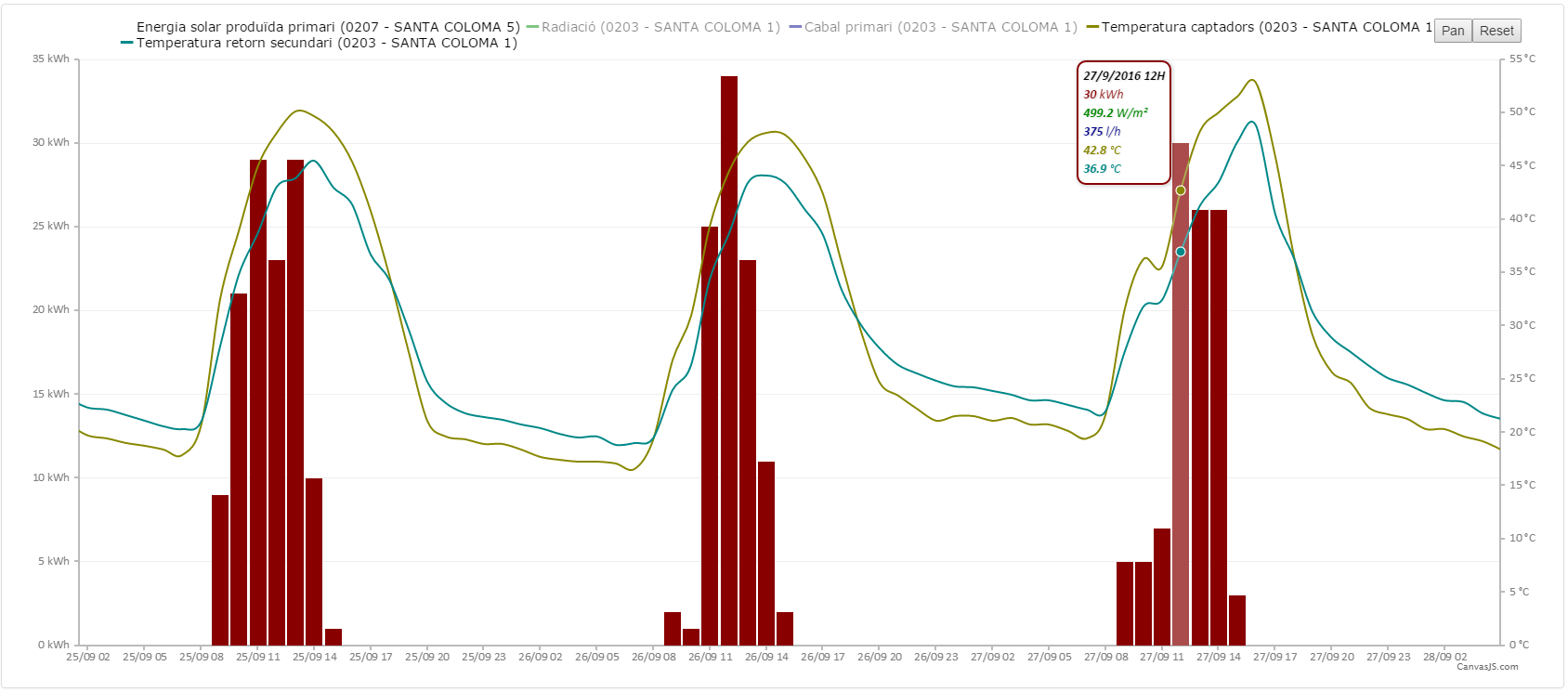GrowSmarter is a complex project in which many solutions are linked to each other and both planning and implementation must happen in an integrated manner. This is very evident in Valla Torg, where the tenants must first vacate the buildings before the smart solutions can be implemented in and around the buildings. As this process didn’t start as planned in February 2016, but rather in August, we are now in a very hectic implementation phase where everything happens at the same time, as we still need to keep the original timetable. In this blog I will explain in more detail everything that will happen in the next few months to come.
Action area 1: Low-Energy Districts
What is happening in Valla Torg, Årsta and the Slakthus area buildings?
To see all the measures to be implemented, click here.
For those of you who didn’t have a chance to read my previous blog posts, the smart solutions for low energy districts will be rolled out in three building zones, namely Valla Torg, Årsta and the Slakthus area (see map here). For an overview of the measures being implemented, click here. In Valla Torg tenants began leaving the buildings in August and the first high-story building has scaffolding (pictured). Work on the façade will start in October. The walls will receive more insulation and new energy-efficient windows will be installed by Skanska. The interior work will also start at the same time. Old pipelines will be removed and new insulated pipelines will be installed. All these measures are part of the energy efficient climate shell (solution 1).
In the private condominia Brf Årstakrönet, the refurbishments (solution 1) and (solution 3) started in January 2016 with the installation of an adaptive control system by Veolia. Veolia will also install photovoltaics (solution 4) on the roofs upon receiving the building permit. The same solutions will also be implemented in the Valla Torg and Slakthus area buildings during later stages of refurbishment.
The real estate administration office (Fastighetskontoret) has made a procurement of a building contractor for Slakthusarea, but the decision has been appealed. As soon as the court has given its decision the work can continue.
Action area 2: Integrated infrastructures
To see all the measures to be implemented, click here.
Installing smart LED-lighting
The installation of smart LED-street lights (solution 5) was finalised in June in Valla Torg. The adaptive LED-lighting will reduce energy consumption by 50% while still providing the same sense of security along walking and bicycling paths. Each street light features a radar detector that senses movement on the path (Picture). As soon as any movement is detected, the light is activated and the movement is communicated wirelessly by radio to a number of nearby street lights. As a result, cyclists and pedestrians experience normal illumination levels along their entire route. In Stockholm the lights are not fully turned off during periods without movement, but rather dimmed down and then activated to full light as soon a person approaches.
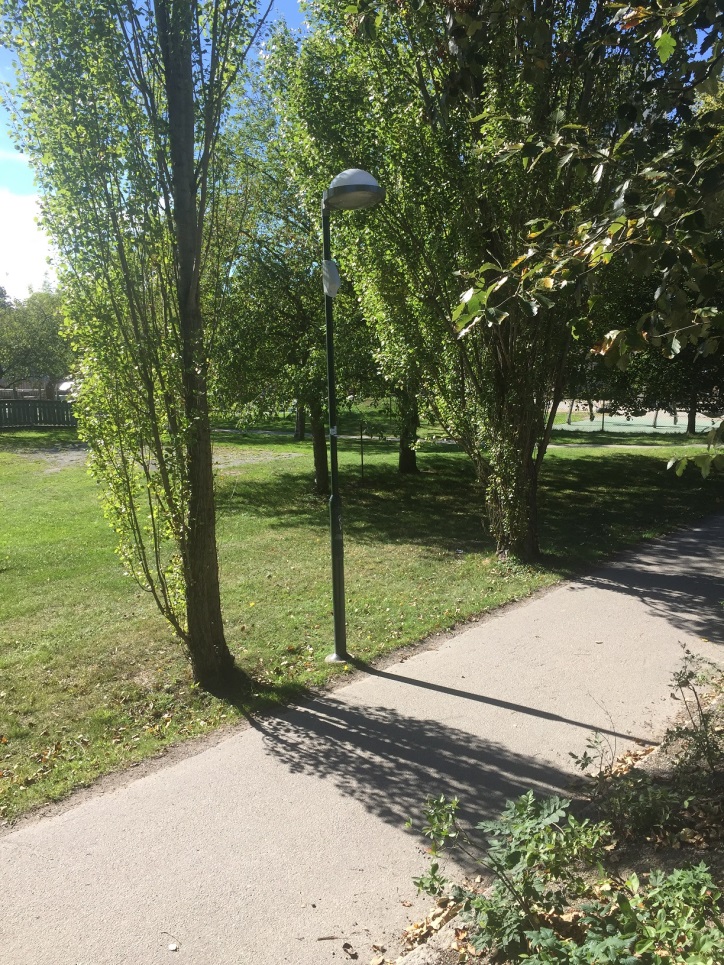
Waste heat recovery
Fortum’s open district heating (solution 6) will be implemented in two locations. Waste heat from Data Centres in Västberga and waste heat from Supermarkets in Farsta (some 5km South of the Slakthus area) will be integrated into the district heating systems. The agreements have been signed and the installations will begin in October-November. When operational, the waste heat collected will be distributed into the district heating system and provide heat and hot water to more than 1,000 apartments.
A smart connected city
In Stockholm the smart connected city will use the extensive fibre optic network provided and administered by Stokab, a company owned by Stockholm City Council. Several Internet of Things applications and solutions can be built on top of the fibre optic network. Together with different departments and city owned companies, we are defining ways to provide higher quality of life for citizens with smart connected solutions in a series of workshops. We will start the process with defining the users’ needs. We have defined three groups of users: inhabitants, visitors and companies. In the Slakthus area we are focussing on visitors and companies, while in Valla Torg the focus is on inhabitants. In my last blog I addressed some of the activities in the Slakthus area, so in this blog I will cover how apartments with simple installations can provide many new functions.
In residential houses, as the tenants change over time, we should install equipment which can be used by several end users and for several purposes. Let’s say we install a movement sensor and water meters in every apartment. If the inhabitant is old, maybe the relatives would like to have a way to monitor her well-being. For example, a simple alarm function could be built and an automatic message sent to relatives when the motion sensor senses the person is inside the apartment, but has not used water for 12 hours. We can also collect water use data and the housing company could, for instance, detect leakages when water is being used and no one is home. If we realise that people use water in different ways, from very little to very intensively, we can create individual water billing so that everyone only pays for the water they use.
IBM, who are responsible for the open consolidated big data platform (solution 8), are involved in two parts of the project: “Sensing City Scale people movement” and “Movement of Pedestrians/Bicyclists”.
In “Sensing City Scale people movement” IBM planned to analyze mobile phone data and create heat maps to show how people move in the city over time. This analysis was to be matched against other data such as public transport capacity, traffic measurements, weather, etc. to see how well the different transportation modes and capacities are optimised in the city. The project team, platform for data management, analysis tools and method are all in place. A subcontractor was identified and final negotiations for delivery of Telco data were in progress at the beginning of 2016, with the project start scheduled for 1 February 2016.
But an unexpected issue arose. Based on a thorough legal assessment of the current Swedish Personal Data Legislation (PUL) and the EU General Data Protection Legislation (EU GDPL), the subcontracted Telco cannot provide the requested mobile telephone data for citizens of Stockholm in a way that would make it useful to the use case defined by IBM Research Dublin Lab. The only legally approved way for getting access to mobile phone trajectory data is to ask the citizens to voluntarily participate in the project and thus explicitly give consent for the project to track the movements of their mobile phones over time.
The merits, challenges and feasibility of this alternative approach will be assessed by the City of Stockholm and IBM, and a decision on whether to attempt this approach - by consent will be made in 3Q 2016.
In “Movement of Pedestrians/Bicyclists” IBM will measure and study in detail especially how pedestrians move in the city. A prototype user interface environment has been developed in the Bluemix platform. Sample data sets from relevant data sources have been uploaded into the Bluemix environment and made available for the users, including vehicle traffic measurement data, bicycle traffic measurement data, bicycle accident data, and weather data for specific locations in the city. End user functions and graphical visualization tools have been developed, e.g. new work project definition, traffic data selection, report generation, and graphical data visualization.
A plan for implementing new sensor data sources in Aug/Sept 2016 has been agreed upon with the Traffic Administration. This will consist of 7 video sensors in the city infrastructure connected through the city fiber optic network to the Bluemix platform. Data from these sensors will be uploaded into the traffic planner user environment in Bluemix. These sensors will be able to measure the flow, volume and direction of pedestrians, cyclists and vehicles in the selected city areas covered.
Smart waste handling
The underground parts of the smart waste handling system (solution 7) provided by Envac will be implemented in October and November (pictures). The terminal and inlets will be implemented during the beginning of 2017. The waste is compacted right below the waste inlet in the storage pipe instead of upon arrival to the waste terminal. The compacted waste allows for smaller pipes and a reduction of the airflow by as much as 50%. These factors together result in a reduction of energy consumption up to 50%. The solution will consume less energy per tonne of collected waste than any other comparable traditional waste collection, including ordinary waste collection vehicles.
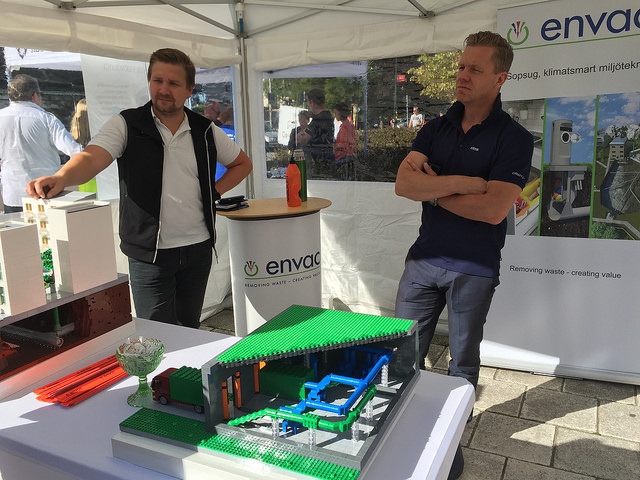
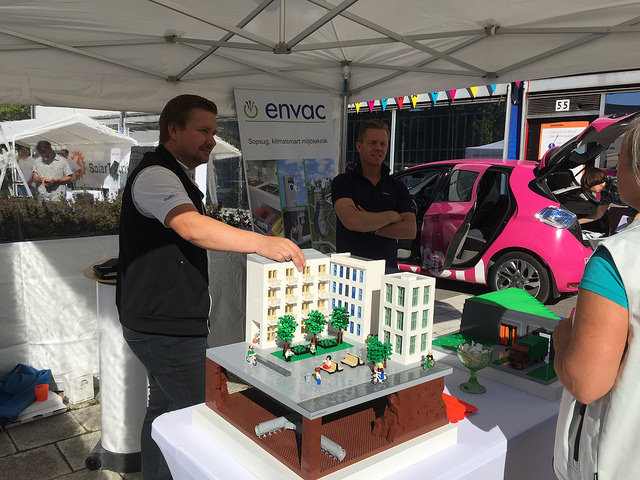
Action area 3: Sustainable Urban Mobility
To see all the measures to be implemented, click here.
Building logistics centre and delivery boxes
The building logistics center (solution 2) and delivery boxes (solution 9) will be implemented by Carrier starting in October and November. The location of the buildings logistics centre has changed and will now be in Slakthus area. Carrier has together with Skanska discussed which material streams can be best handled by the logistics centre. The construction logistics are part of the production process, so the better production is planned and organised, the easier it is to provide just-in-time deliveries of materials to construction sites. Typically the materials are delivered outside work hours (after 5pm) so that they are available the next morning at the construction site. There are several benefits of the construction logistics centre. First, there are fewer materials wasted and damaged at the construction site, along with less traffic to and from the construction site. The construction site can also be kept clean, as the packaging waste is regularly removed. What’s more, production is enhanced as materials needed for work are constantly available and it is always clear where the materials are and how much is in stock.
Delivery boxes (pictured) are installed in the entrance of the refurbished buildings in Valla Torg next to the post-boxes. Tenants can order packages and other deliveries straight to their homes instead of retrieving them from the nearest service point. The delivery from the service point to the building is done by cargo bikes.
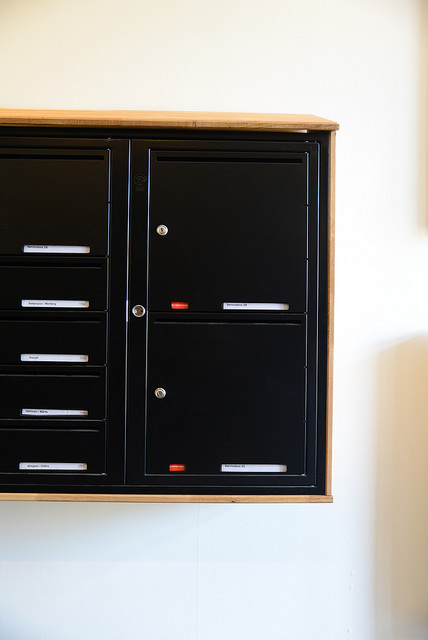

Smart Traffic Management
Insero, together with NOAE (Network of Automotive Excellence) and Global car OEM, is implementing an information system for drivers (solution 10). In Stockholm around ten traffic lights will be equipped with software that can communicate and inform users about the status of the light and when it is about to change. This is achieved through a data connection between the traffic light, the cars’ onboard software and GPS, and a central computer handling the calculations. Through a special device in the car, the driver will receive information on what speed to adopt in order to reach a green light at the next intersection. This information tool will be tested in two cars for a few months’ time. Effects on travel time and the drivers’ experiences will be evaluated.
Alternative fuel driven vehicles
As part of the GrowSmarter project, Fortum has planned to install up to 10 charging stations and one fast charger (solution 11). The fast charger will soon be installed in Årsta. The location has been selected and the charger has already been delivered. The normal charging stations will be installed in Valla Torg, the Slakthus area and Årsta.
The first refuelling station (solution 11) is up and running (picture). The filling station in Årsta is expected to be established in the beginning of 2017.

Citizen engagement
A citizen engagement event was organised in Valla Torg in September. The event was very successful with around 500 visitors and positive feedback. The event was also the launch of the refurbishment in Valla Torg, and the audience had the opportunity to get information both on the GrowSmarter project and the different smart solutions from our partners, and to visit the exhibition apartments.


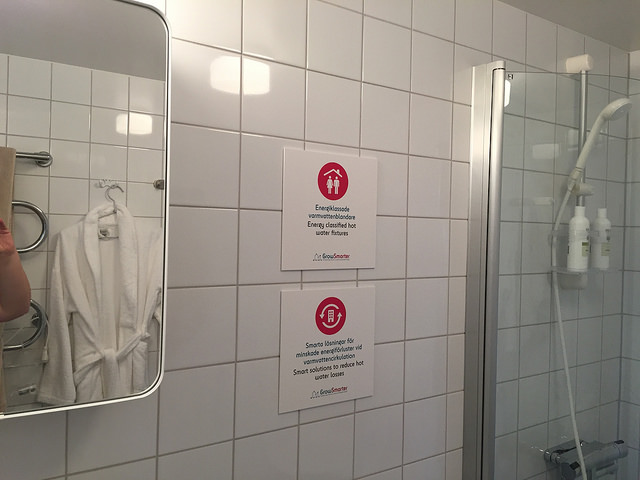
Mika Hakosalo
Site Manager, Stockholm




